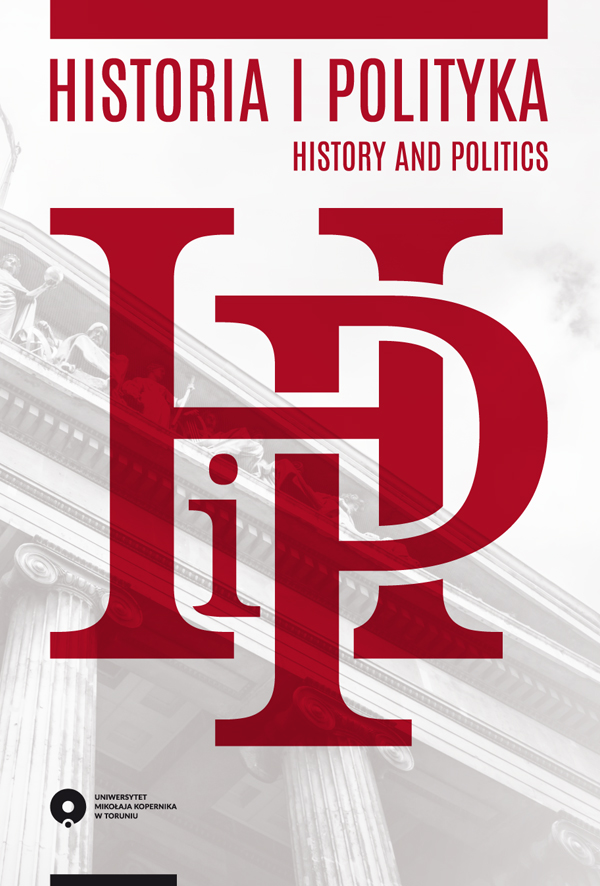Main Revival Movements in the Catholic Church Before the Second Vatican Council
Main Revival Movements in the Catholic Church Before the Second Vatican Council
Author(s): Michał BiałkowskiSubject(s): Politics, Political history, Social history
Published by: Wydawnictwo Naukowe Uniwersytetu Mikołaja Kopernika
Keywords: the Catholic Church, the Second Vatican Council; rebirth of Biblical studies; Liturgical Movement; Ecumenism; Nouvelle Théologie
Summary/Abstract: From the middle of the 19th century until convocation of the Second Vatican Council (1962–1965), several spiritual and intellectual revival movements were visible in the Catholic Church. They had one overarching objective – return to the origins (French: ressourcement). The revival of Biblical Studies, as the first of these movements, was implemented mainly at two specialist universities: the School of Practical Biblical Studies (French: École pratique d’études bibliques) of Father Marie-Joseph Lagrange OP and at the Pontifical Biblical Institute (Pontificium Institutum Biblicum) founded by Pope Saint Pius X. The Movement of Liturgical renewal, on the other hand, began at the Benedictine abbeys in Belgium, France and Germany, and was later popularised by Father Prosper Guéranger OSB, Father Lambert Beauduin OSB and Father Odo Casel OSB. Similarly as in the case of the Biblical revival, the teaching of successive Popes – and of Pius XII in particular – had a significant influence on changes in the Catholic liturgy. In contrast, the Ecumenical Movement was characterised by its bottom-up nature, and its beginnings were associated initially with Protestant missionary circles. An important contribution to this transformative movement were meetings between the Catholic and the Anglican Church, known as the Malines Conversations (French: Conversations des Malines), as well as the Una Sancta ecumenical movement developing robustly in Germany. Finally, the last crucial phenomenon – ain particular from the perspective of genesis of the Second Vatican Council – was the rise of Nouvelle Théologie, a new school of thought in Catholic theology. Its representatives include leading theologians of the 20th century: Father Henri de Lubac SJ, Father Karl Rahner SJ, Father Yves Congar OP, Father Marie-Dominique Chenu OP, as well as Father Joseph Ratzinger (Pope Benedict XVI) and Father Hans Küng. It should be emphasised all the above Catholic renewal movements had a decisive influence on development of dominant tendencies at the Second Vatican Council, and the consequent conceptual framework used in the Council documents.
Journal: Historia i Polityka
- Issue Year: 31/2018
- Issue No: 24
- Page Range: 73-86
- Page Count: 14
- Language: English

